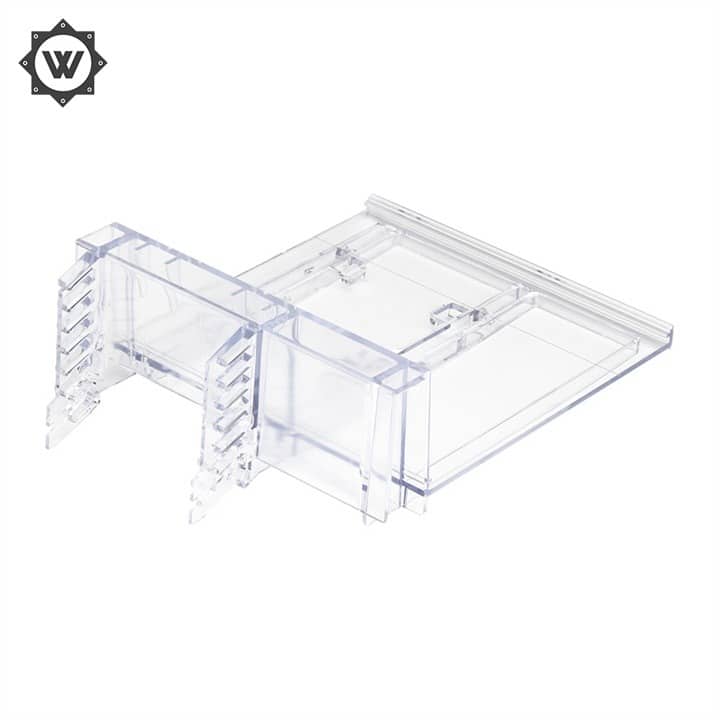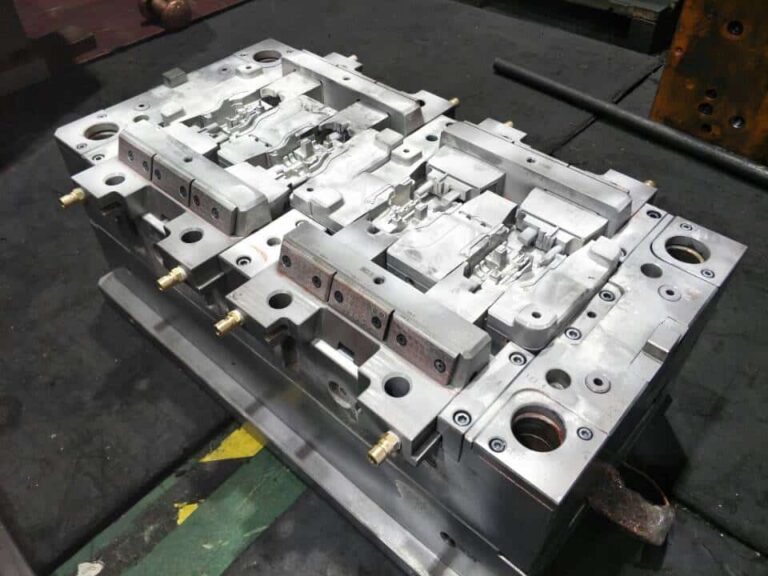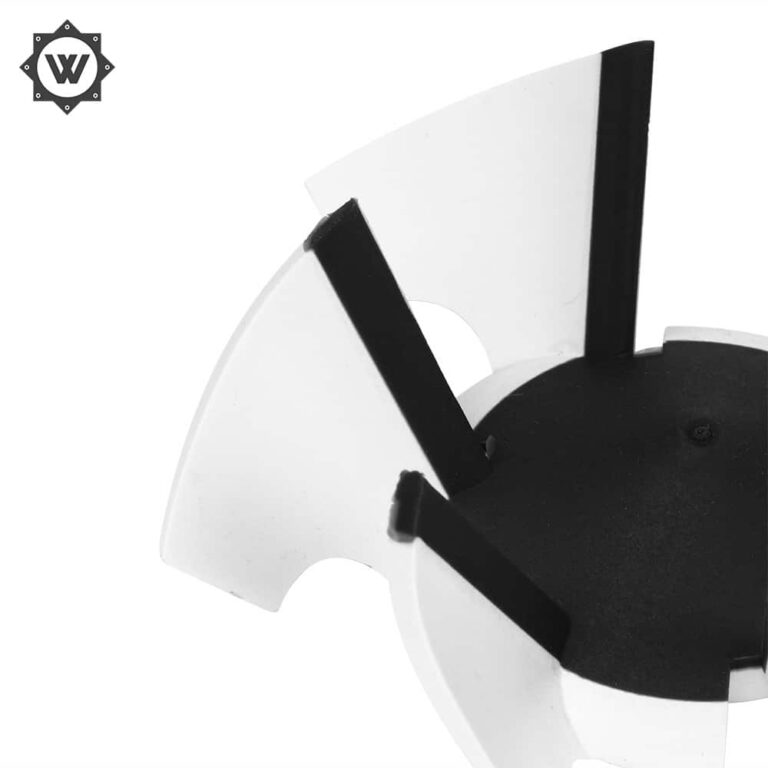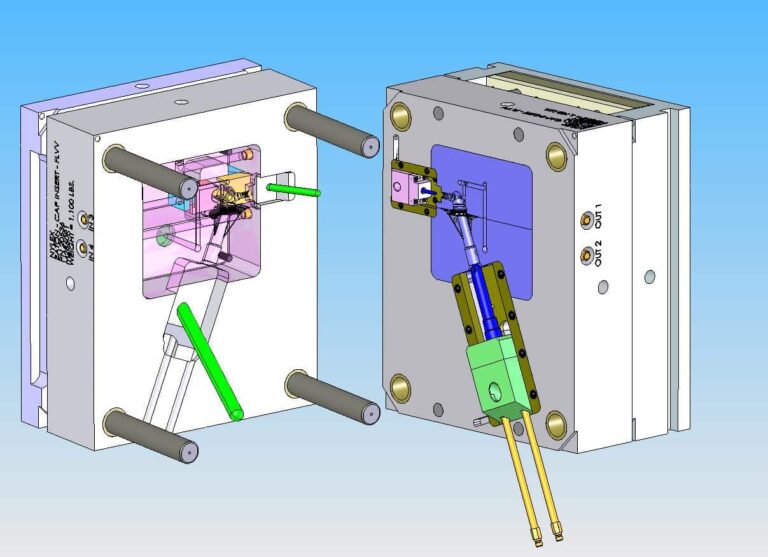Introduction to Injection Molding Process of Transparent Plastics

1. Characteristics of commonly used transparent raw materials
Due to the high light transmittance of transparent plastics, the surface quality of plastic products must be strict, and there must be no defects such as stripes, pores, whitening, haze, black spots, discoloration, and poor luster. Therefore, strict and even special requirements must be paid attention to and put forward for the design of raw materials, equipment, molds, and even products throughout the injection molding process.
Secondly, because most transparent plastics have high melting point and poor fluidity, in order to ensure the surface quality of the product, it is often necessary to make minor adjustments to the process parameters such as high temperature, injection pressure, and injection speed, so that the mold can be filled during plastic injection, and the product will not be deformed and cracked due to internal stress.
Because most transparent plastics have high melting point and poor fluidity, in order to ensure the surface quality of the product, it is often necessary to make minor adjustments in the process parameters such as high temperature, injection pressure, injection speed, etc., so that the mold can be filled when injecting plastic, and the product will not be deformed and cracked due to internal stress.
2. Problems needing attention in process
In order to reduce the internal stress and surface quality defects, the following aspects should be paid attention to in the injection molding process.
• 1) The injection temperature should be higher than the injection humidity on the premise that the plastic resin does not decompose;
• 2) Injection pressure: generally high, to overcome the defect of high melt viscosity, but too high pressure will produce internal stress, causing difficulty and deformation in demoulding;
• 3) Injection speed: generally, it should be low when mold filling is satisfied, and it is better to use slow fast slow multistage injection;
• 4) Pressure holding time and forming cycle: under the condition that the product can be filled without depression and bubble; It should be as short as possible to minimize the residence time of molten materials in the barrel;
• 5) Screw speed and back pressure: on the premise of meeting the plasticizing quality, it should be as low as possible to prevent the possibility of degradation;
• 6) Mold temperature: the cooling quality of products has a great impact on the quality, so the mold temperature must be able to accurately control its process. If possible, the mold temperature should be higher.
• 7) In order to prevent the deterioration of the upper surface quality, release agents are generally used as little as possible during injection molding; No more than 20% when using recycled materials





